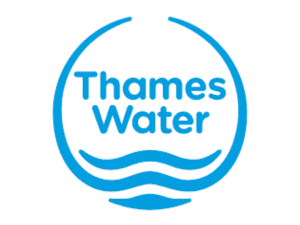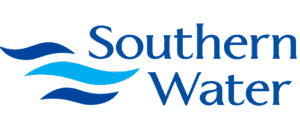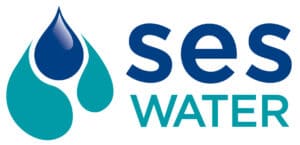Every five years, water companies in England are required to produce a Water Resources Management Plan (WRMP), which outlines how they intend to meet the expected water demands not just in the next five years but over the next 50 in their respective service areas.
These plans take into account increasing population, climate change and growing risks of drought – while also protecting and enhancing the local environment.
An important part of the WRMP plans is customer feedback on topics which concern them most. They are currently in draft form and out for public consultation.


 Southern Water supplies 2.5 million customers in parts of Kent, Sussex, Hampshire and the Isle of Wight. About 70% of the water supplied comes from groundwater sources, including chalk aquifers that feed rare chalk streams.
Southern Water supplies 2.5 million customers in parts of Kent, Sussex, Hampshire and the Isle of Wight. About 70% of the water supplied comes from groundwater sources, including chalk aquifers that feed rare chalk streams. South East Water supplies 2.26 million customers across Kent, Sussex and Hampshire and Berkshire. This is expected to rise to 2.81 million by 2050.
South East Water supplies 2.26 million customers across Kent, Sussex and Hampshire and Berkshire. This is expected to rise to 2.81 million by 2050. SES Water supplies 0.8 million customers in east Surrey, south London and parts of Kent. This is expected to rise to 0.87 million by 2075.
SES Water supplies 0.8 million customers in east Surrey, south London and parts of Kent. This is expected to rise to 0.87 million by 2075.